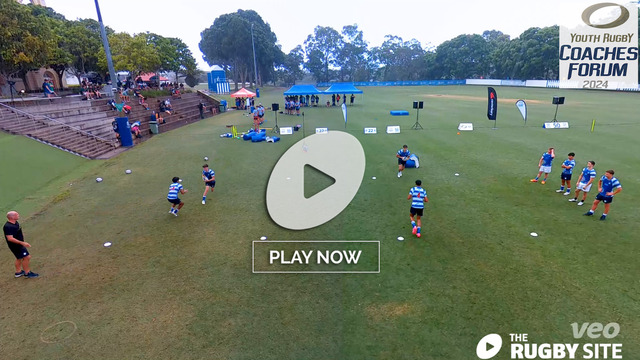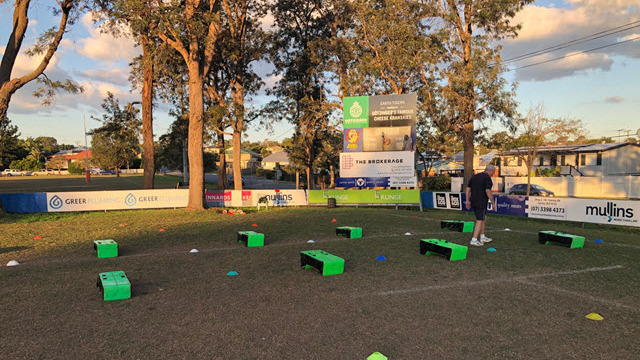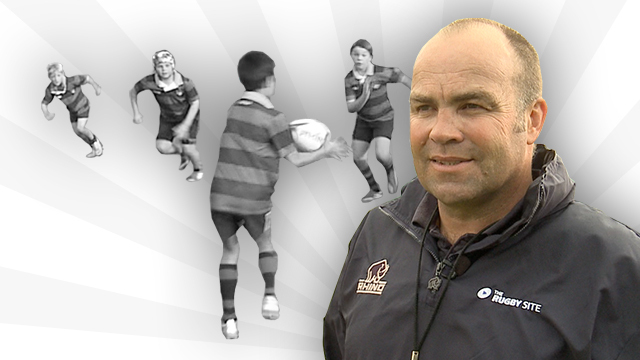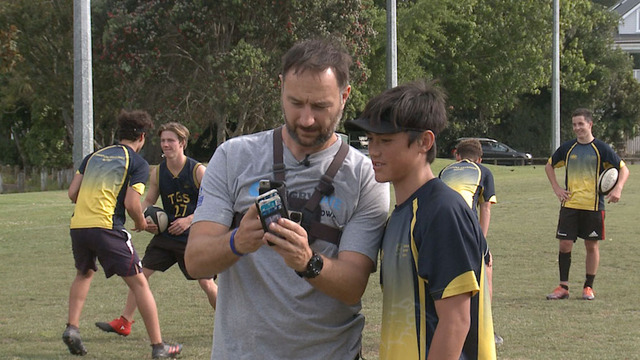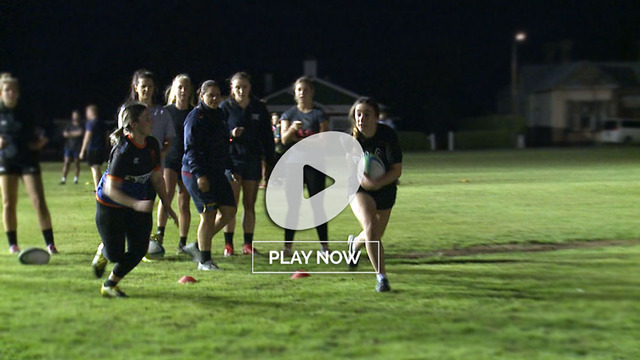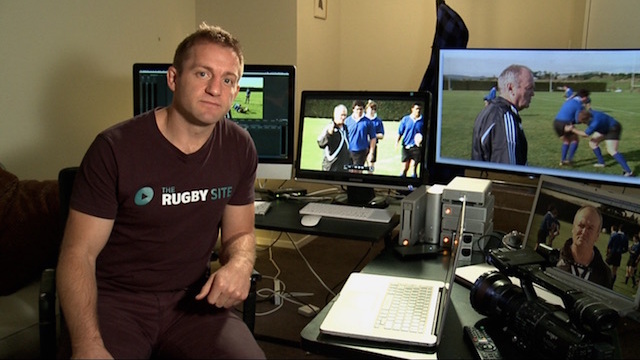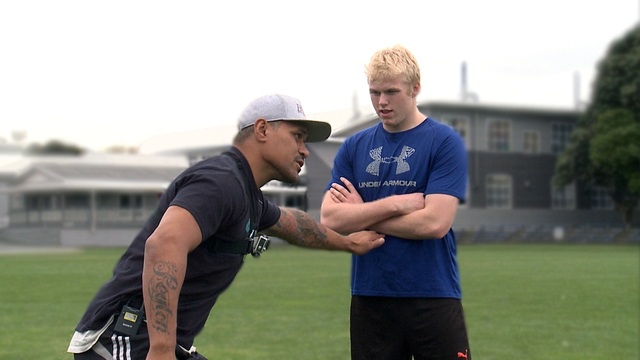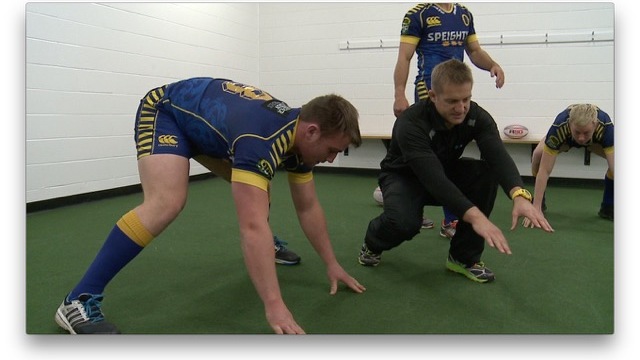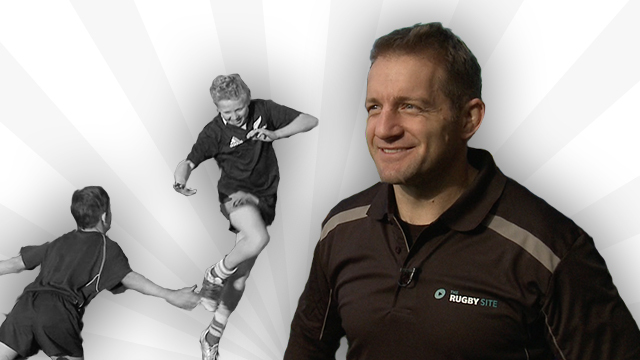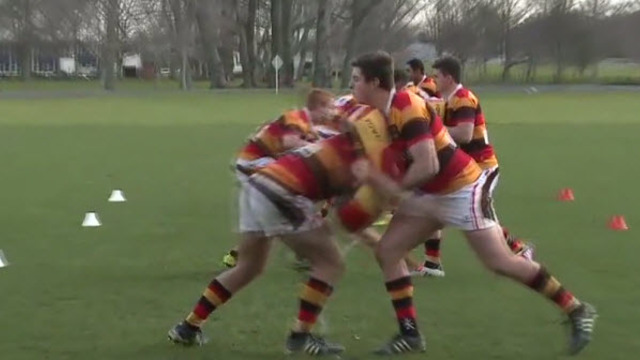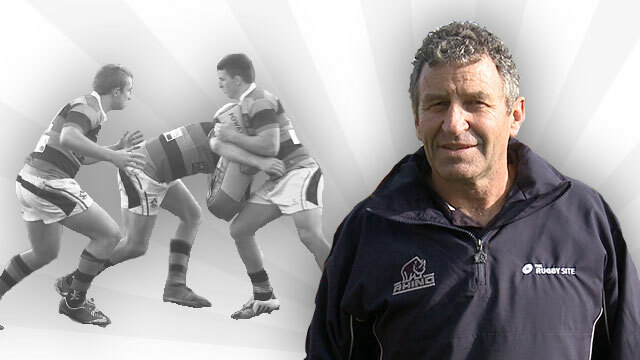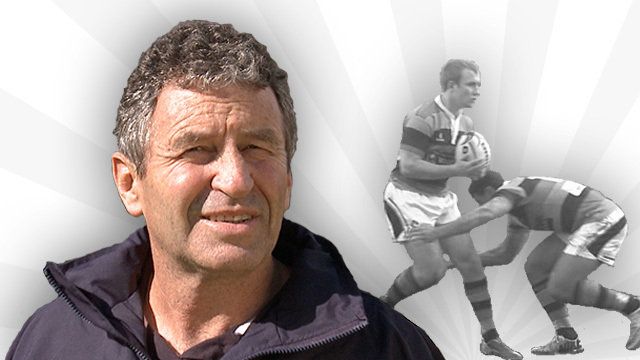How to chop down the attack – the Shaun Edwards way
Defence coach Shaun Edwards has been around the game of Rugby Union for a long time. For 12 years he was Warren Gatland’s principal assistant with Wales, and the mainspring of Welsh coaching innovation. It was a period of success in which Wales won six Six Nations championships, achieved three Grand Slams, and made the semi-finals of the World Cup twice.
After the 2019 World Cup Edwards moved to France, and he has been instrumental in bringing a new culture of fierce defence to the national team. He has a history of teaching a low tackline technique known as the ‘chop’ tackle, and an equally well-documented dislike of high tackling technique (‘the choke’).
Before a crucial Six Nations game against Ireland back in 2015, he commented:
“I think the choke tackle is very, very dangerous. To me, it’s a bit of a blight on the game at the moment. It encourages people to tackle high."
“Everyone is going on about concussions and people tackling too high. Well, let’s start with that. I think referees should referee it as a tackle for longer.”
Three years later, before an end-of-year tour game between Wales and Australia, it looked like nothing much had changed:
“In the 2011 World Cup we practised chop-tackling, which is pretty dangerous, but we managed not to get any injuries and other teams started doing it as well."
“We think our tackle height is pretty good at the moment, trying to get under the ball, round the waist or legs. This game is going to be a real battle of the breakdown.”
Wind on the clock on another three years, with Edwards now the defence coach of Les Bleus on their summer tour of Australia. The Wigan man still primarily teaches low tackling technique, which is very much an issue de jour with the current sensitivity to head injuries.
But things have changed. With Wales, Edwards found the perfect instrument to administer ‘the chop’ in the form of his blind-side flanker Dan Lydiate. The main objective was to hit the ball-carrier well below waist level, and preferably below knee level, as this montage illustrates:
The tackler started low, often sinking to their knees before pushing out to make the hit. The main idea was for the tackler to be able to extend his body through the tackle well underneath the height of the ball, with the ball-carrier passing over the top of him/her in the process.
There is also an evident problem associated with this technique: sometimes there is no ‘wrap’ with the arms, and the ball-carrier somersaults into the air, dangerously out of control.
There were a number of examples of how Shaun Edwards has refined the low-tackling principle for 2021 in the first Test between Australia and France at Brisbane.
The technique is now safer, but it is still very effective:
The tackler (France number 12 Jonathan Danty) administers something akin to a sacrifice throw in Judo, whereby he throws the ball-carrier towards his own side while ‘sacrificing’ his own body underneath the tackle. The outcome is that when the runner hits the turf, he is closer to the two French defenders (number 7 and number 13) than he is to the first Australian support player (number 15). The result is a turnover.
This happened on a number of occasions during the game:
The tackler (France number 10) gets very low in the ‘sacrifice’ posture, and flips the ball-carrier over his shoulders towards the French side. At the critical moment, the ball-carrier is isolated: closer to two French defenders than he is to the first Wallaby support:

The final turnover produced from the same scenario should have effectively ended the game in France’s favour, coming as it did only 40 seconds from the final whistle:
The tackler gets low, and even though the tackle is not fully completed, the ball-carrier passes beyond him and the same situation as before recurs:

The ball-carrier ends up in a position on the ground closer to the first defender than he the first support player, and the ball is sufficiently exposed for a turnover to be effected.
Summary
The Wallabies were not fully prepared for the onslaught of Shaun Edwards’ low tackling technique in the first Test at the Suncorp. As a result, they lost more ball in contact than they would have liked, especially to France’s midfield monster at the post-tackle, Jonathan Danty.
Edwards has amended and developed his low tackling, ‘chop’ philosophy with the times. He has averted the danger involved in a no-arms tackle by getting his new charges to perform low tackles in which the ball-carrier is thrown over to defensive side of the fence, in a situation where the jackal holds the trump cards. It is far more difficult to demand the ball back from your neighbours in those circumstances.


